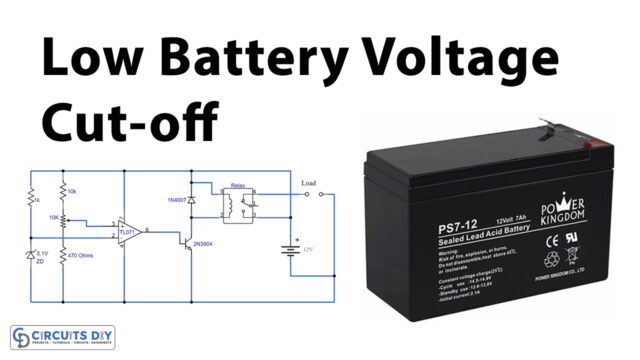In this DIY, we are demonstrating a Solar Battery Charger Circuit which can charge the solar oriented batteries. Solar oriented batteries are one of the power apparatuses to make the gadget work proficiently. As the non-sustainable power sources are diminishing there is a need to build the utilization of solar power. Solar oriented batteries assume a critical job to get it going inside no time.
Solar technology is transforming the modern era and it is developing step by step. Solar-power devices are likewise taking consideration of individuals. And the use of solar energy-based vitality is occurring around us as well as it is utilizing in space stations where no electric power is accessible.
Hardware Components
| S.no | Components | Value | Qty |
| 1. | IC | LM317T | 1 |
| 2. | Diode | 1N4001 | 1 |
| 3. | Solar Panel | 18 Volt | 1 |
| 4. | Transistor | BC548 | 1 |
| 5. | SLA Battery | 12V | 1 |
| 6. | Pot | 1K | 1 |
| 7. | Resistor | 100Ω | 1 |
| 8. | Resistor | 120Ω | 1 |
| 9. | Resistor | 470Ω | 1 |
| 10. | Resistor | 0.5Ω | 1 |
| 11. | Capacitor | 0.22µF | 1 |
Circuit Diagram

Circuit Operation
Solar based battery charger works on the rule that the charge control circuit will create a constant voltage. The charging current goes to the LM317T voltage regulator through the diode D1. The yield voltage and current controls by adjusting the adjust pin of the LM317T voltage controller. The battery during the charging state utilizes the same current.
The schematic shown here is a very efficient automatic solar-power based battery charger circuit. Which utilizes to charge 12V SLA batteries from solar-based cells. The circuit is utilizing an LM317T voltage controller IC. The BC548 transistor is filling in as a switch which will separate the ground of the LM317T from the solar-powered cell when the battery becomes fully charged.
Applications and Uses
- The solar oriented charger circuit that is utilizing to charge Lead Acid or Ni-Cd batteries utilizing the solar-based vitality power.
- The circuit harvests solar oriented vitality to charge a 6volt 4.5 Ah rechargeable battery for different applications. The charger has a voltage and current regulator and over-voltage cut-off facilities.







